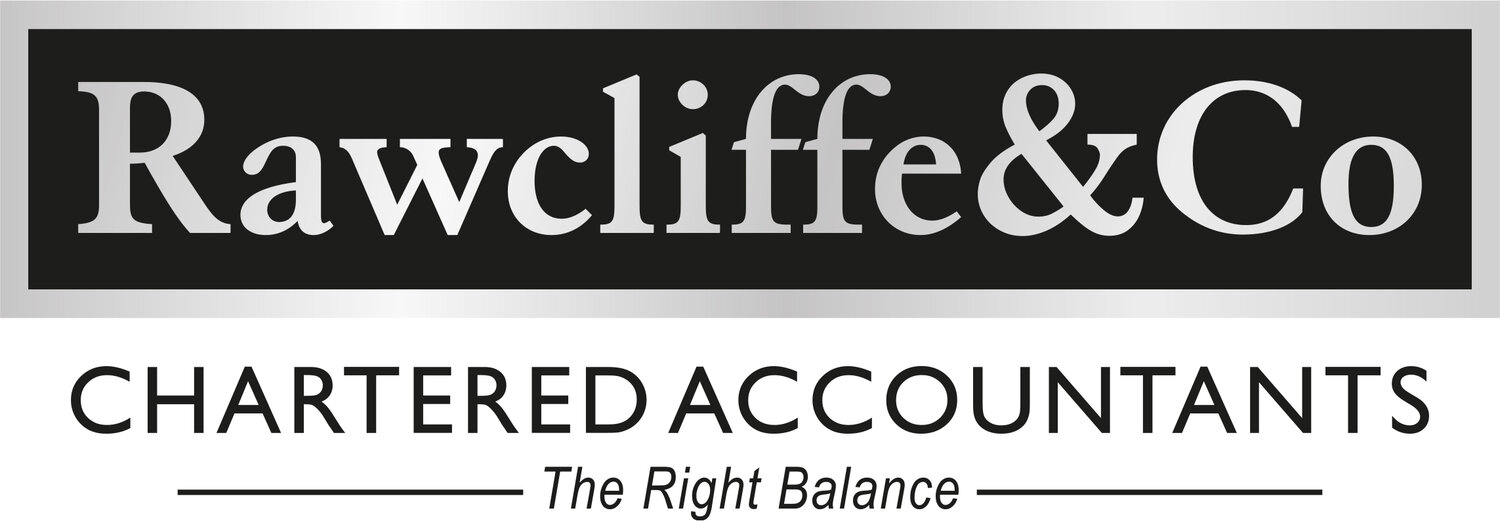Government Announces Phased Mandation of Making Tax Digital for ITSA
Understanding that self-employed individuals and landlords are currently facing a challenging economic environment, and the transition to Making Tax Digital (MTD) for Income Tax Self Assessment (ITSA) represents a significant change to taxpayers and HMRC for how self-employment and property income is reported, the government is giving a longer period to prepare for MTD. The mandatory use of software is therefore being phased in from April 2026, rather than April 2024.
From April 2026, self-employed individuals and landlords with an income of more than £50,000 will be required to keep digital records and provide quarterly updates on their income and expenditure to HMRC through MTD-compatible software. Those with an income of between £30,000 and £50,000 will need to do this from April 2027. Most customers will be able to join voluntarily beforehand meaning they can eliminate common errors and save time managing their tax affairs.
The government has also announced a review into the needs of smaller businesses, and particularly those under the £30,000 income threshold. The review will consider how MTD for ITSA can be shaped to meet the needs of these smaller businesses and the best way for them to fulfil their Income Tax obligations. It will also inform the approach for any further roll out of MTD for ITSA after April 2027.
Mandation of MTD for ITSA will not be extended to general partnerships in 2025 as previously announced. The government remains committed to introducing MTD for ITSA to partnerships in line with its vision set out in the government’s tax administration strategy.
Victoria Atkins, Financial Secretary to the Treasury, said:
It is right to take the time to work together to maximise the benefits of Making Tax Digital for small businesses by implementing the change gradually. It is important to ensure this works for everyone: taxpayers, tax agents, software developers, as well as HMRC.
Smaller businesses in particular should be able to experience the benefits of increased digitalisation of Income Tax in a way which meets their needs. That is why we are also today announcing a review to establish the best way to achieve this.
Jim Harra, Chief Executive and First Permanent Secretary, HM Revenue and Customs, said:
HMRC remains committed to the delivery of Making Tax Digital as a critical part of our strategy for digitalising and modernising the tax system, but we want to make sure we get this right and deliver it effectively.
A phased approach to mandating MTD for Income Tax will allow us to work together with our partners to make sure that our self-employed and landlord customers can make the most of the opportunities this will bring.
The announcement relates to MTD for ITSA only. Making Tax Digital for VAT has already been implemented and is demonstrating the benefits to businesses and the tax system of digital ways of working.
Further information
A copy of the Written Ministerial Statement made by Victoria Atkins, Financial Secretary to the Treasury, on 19 December 2022 is available on UK Parliament: Written questions, answers and statements.
Under MTD for ITSA, businesses, self-employed individuals and landlords will keep digital records, and send a quarterly summary of their business income and expenses to HMRC using MTD-compatible software. In response they will receive an estimated tax calculation based on the information provided to help them budget for their tax. At the end of the year, they can add any non-business information and finalise their tax affairs using MTD-compatible software. This will replace the need for a Self Assessment tax return.
GOV.UK guidance on Making Tax Digital for Income Tax will be updated shortly.
Before today’s announcement, MTD for ITSA was mandated from April 2024 for customers with a total gross income over £10,000 from self-employment and property in a tax year, with partnerships mandated from 2025.

